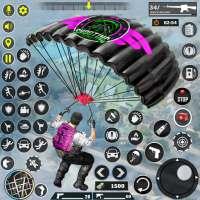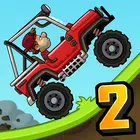
Learn to read Spanish
- Educational
- 6.4.136
- 65.1 MB
- by Educaplanet S.L.
- Android 5.0+
- Apr 12,2025
- Package Name: air.educaplanet.grin.leo1.full
Learning to read Spanish and mastering the alphabet is a crucial skill that lays the foundation for a child's educational journey and future success. It's essential to start this learning process early, ideally during preschool and the initial years of elementary school, as it forms the basis of all academic and professional endeavors in adulthood.
Children today are digital natives, naturally drawn to computers and tablets. Leveraging this affinity can significantly enhance their learning experience, reinforcing and improving what they are already learning in school.
Method
Our method, "Learn to Read Spanish with Phonics," is tailored for children aged 3 to 6 or 7, and even adults looking to refine their pronunciation. The program is structured into a section for tracing letters and 30 lessons, beginning with vowels and progressing through consonants and digraphs such as L, M, S, T, P, N, D, F, H, C, Q, CH, G, GUE, R, -rr-, B, V, J, GE, GUE, Y, Z, CE, LL, X, K.
Each lesson includes 11 engaging games, available at two difficulty levels, making it an ideal tool for parents and educators to help children practice and master their first syllables and words in Spanish. The focus is on encouraging children to listen and engage with the exercises, without the need to understand everything immediately.
Learning to read is a gradual process that may take over a year. We recommend daily practice sessions, revisiting previously learned material, and adjusting the type and level of exercises to keep the learning experience fun and game-like.
Levels
All games feature two difficulty levels, which can be adjusted at any time to suit the child's pace. The first level is suitable for children as young as three, and sometimes even younger with parental or educator assistance. The second level presents more complex challenges, encouraging children to solve them independently while ensuring the learning process remains enjoyable.
As a parent or guardian, it's crucial to match the difficulty level to the child's abilities and avoid pressuring them to complete or advance levels prematurely.
Abilities
Our program enhances several key skills:
- Visual and auditory memorization
- Identification and association
- Discrimination
- Understanding
- Literacy
Options
On the home screen, users can:
- Enable or disable background music
- Choose to play in full screen
Within the Tikis menus, additional options include:
- Changing the font to uppercase, lowercase, or cursive handwriting
- Enabling or disabling automatic activity, which switches to another game after a set number of exercises
- Shuffling syllables to mix up the learning experience
Achievements
The program allows for up to three profiles (avatars) to track different children's progress. Each profile displays the child's performance at various levels, including correct and incorrect answers, and progress represented as a percentage in the form of fruits.
Fruits serve as a fun motivator for children to continue playing. Once collected in the basket, they can be given to little aliens. For a detailed overview of progress, users can press the reports button on the Tikis screen.
Games
NEW THE ALPHABET:
Children can listen and learn to write each letter of the alphabet, syllables, and some words in different modes: trace, copy, and free mode. They can choose between three types of letters: uppercase, lowercase, and handwriting.
For each lesson, there are 11 engaging games:
- DOLPHIN: Presentation of the word and its parts.
- BALLOONS: Identification of the letters of the syllable.
- CLOUDS: Trace the shape of each syllable.
- CRABS: Formation of syllables from letters.
- BUTTERFLIES: Identification of syllables.
- BEES: Identification of the initial syllable of words.
- SNAKE: Formation of words using syllables.
- MONKEYS: Formation of words from letters.
- PARROTS: Recognition and word reading.
- MOUSE: The order of the words and sentences reading.
- SNAILS: Formation of sentences from words.
For any feedback or technical queries, please contact us at [email protected].
- Life Goes On
- Painting and drawing game
- ABC Tracing Preschool Games 2+
- Valentines love coloring book
- Kolorowanki
- Coloring, Music and Games
- MySchool - Learning Game
- Toddler games for 3 year olds
- Animals Puzzles
- 123 Learning Games For Kids
- Cooking School: Game for Girls
- My City : Office
- My Little Phone
- Kids Puzzles
-
Dragonstorm Preorders for Magic: The Gathering Tarkir Available Now on Amazon
Tarkir is making a grand return, and with it comes an overwhelming presence of dragons. Magic: The Gathering – Tarkir: Dragonstorm dives deep into the plane where clans clash and colossal dragons dominate the skies. If you were a fan of Khans of Tarkir, this set feels like a thrilling reunion with o
Apr 13,2025 -
"Game of Thrones: Kingsroad Pre-Registration Opens on Mobile, Steam Early Access Begins"
Winter is coming to mobile devices, but first, Game of Thrones: Kingsroad has launched in Early Access on Steam, giving PC players the initial experience of this eagerly anticipated open-world RPG. Meanwhile, mobile enthusiasts can now pre-register on both iOS and Android, ensuring they don't miss o
Apr 13,2025 - ◇ Disco Elysium Launches on Android with Enhanced 360-Degree Visuals Apr 13,2025
- ◇ DC Dark Legion Unveils: Superheroes and Supervillains Unite Today Apr 13,2025
- ◇ World of Warships: Legends April update is here, with a new TMNT crossover collaboration Apr 13,2025
- ◇ "Reviving Teammates in R.E.P.O.: A Guide" Apr 13,2025
- ◇ "Game of Thrones: Kingsroad - Release Date and Time Revealed" Apr 13,2025
- ◇ BAFTA Names Top Influential Video Game: Surprising Choice Revealed Apr 13,2025
- ◇ "Nintendo Switch 2: Some Game Cards to Feature Download Keys Only" Apr 13,2025
- ◇ "Switch 2's New C Button Unveiled Before Direct" Apr 13,2025
- ◇ Pokemon GO Unveils 2025 Lunar New Year Celebration Apr 13,2025
- ◇ Wild Rift Patch 6.1 Goes Cosmic in Mid-April Apr 13,2025
- 1 Marvel's Spider-Man 2 Swings to PC in January 2025 May 26,2023
- 2 Tomorrow: MMO Nuclear Quest Is a New Sandbox Survival RPG Nov 15,2024
- 3 Black Myth: Wukong Review Fallout Nov 13,2024
- 4 Stellar Blade PC Release Date Confirmed For 2025 Jan 05,2025
- 5 Final Fantasy XVI PC Port Falls Short Nov 14,2024
- 6 GTA 6 Raises The Bar and Delivers on Realism Beyond Expectations Nov 10,2024
- 7 Roblox Ban in Turkey: Details and Reasons Mar 10,2024
- 8 Dragonite Cross-Stitch Captivates Pokémon Enthusiasts Nov 08,2024
-
Best Racing Games to Play Now
A total of 10
-
Explore the World of Shooting Games
A total of 10
-
Best Free Simulation Games for Your Android Phone
A total of 4

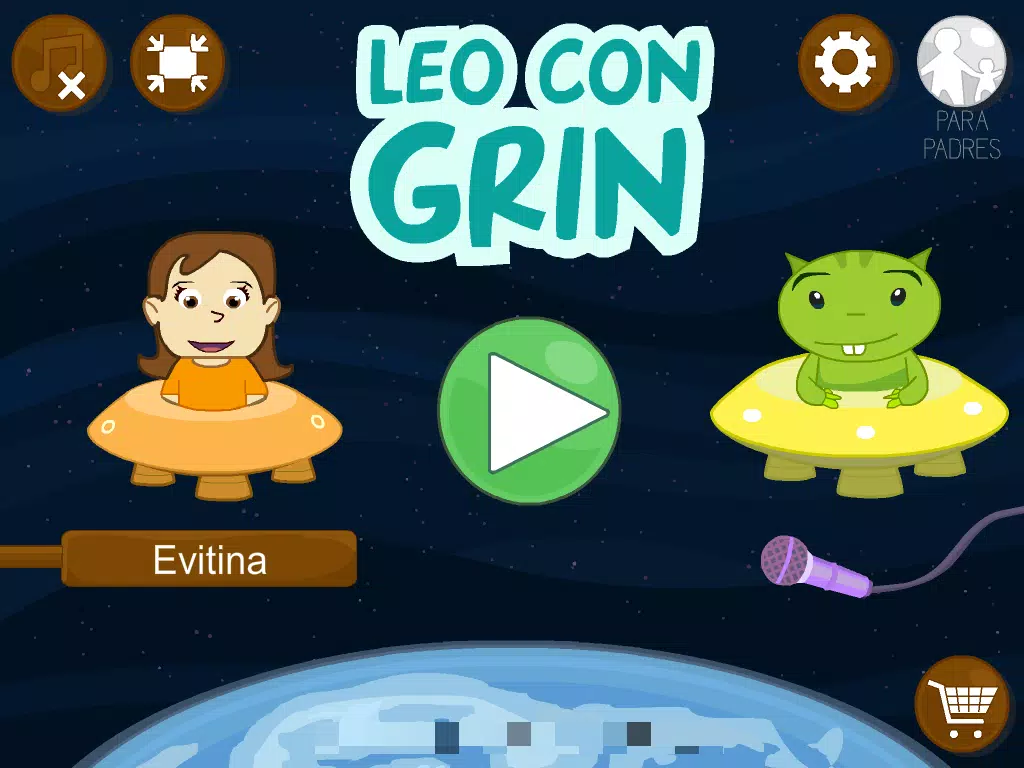
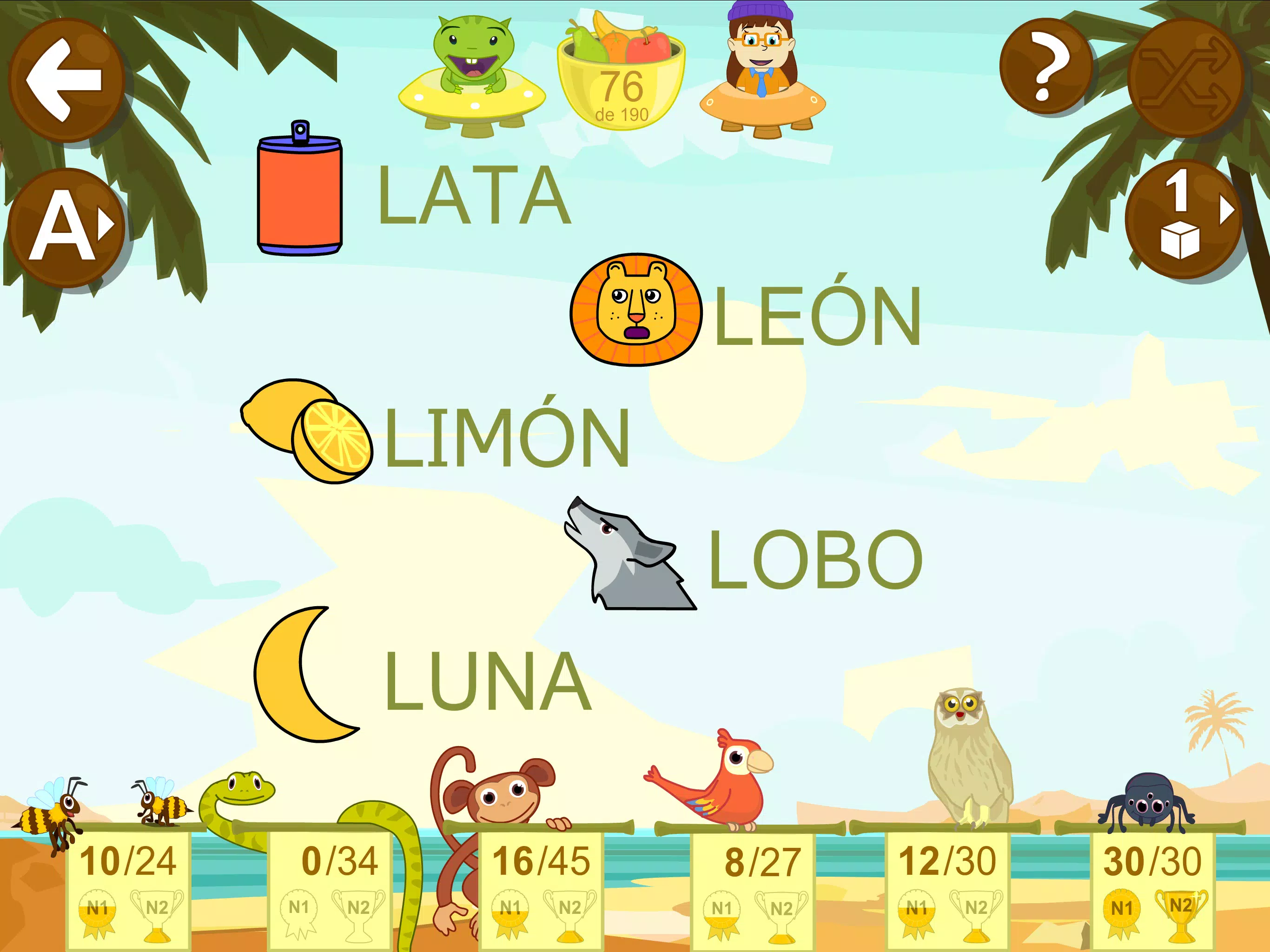
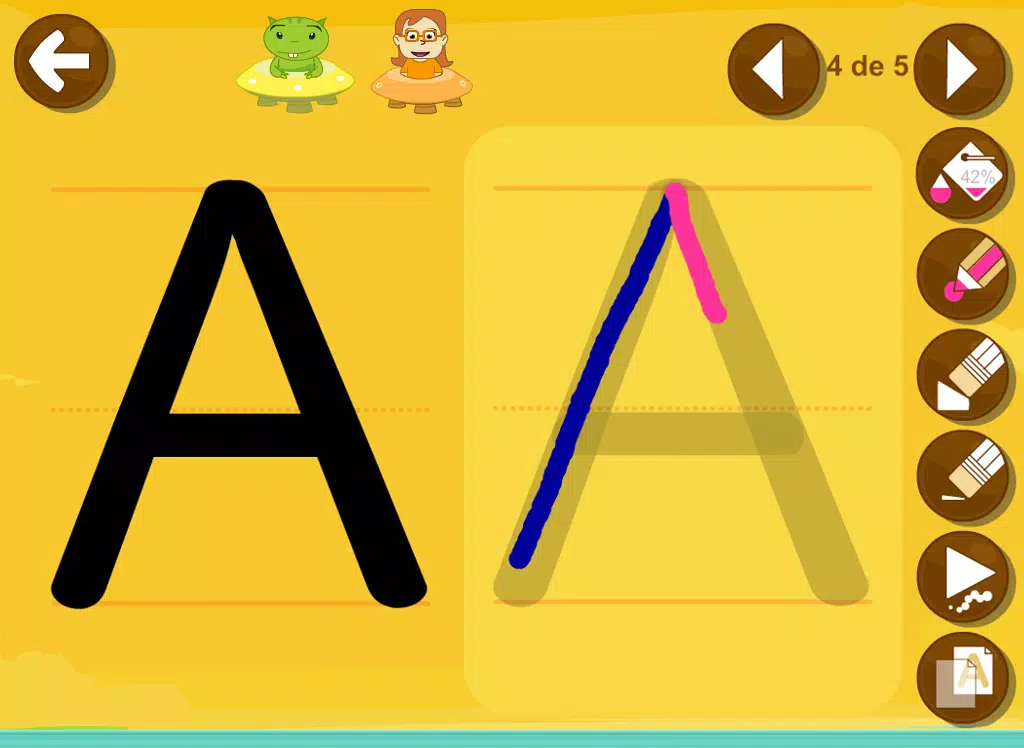



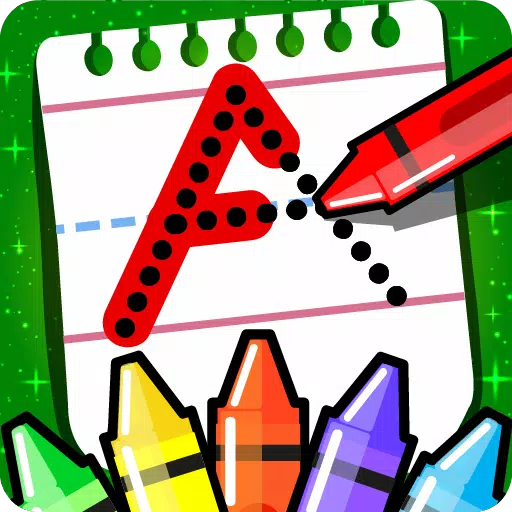




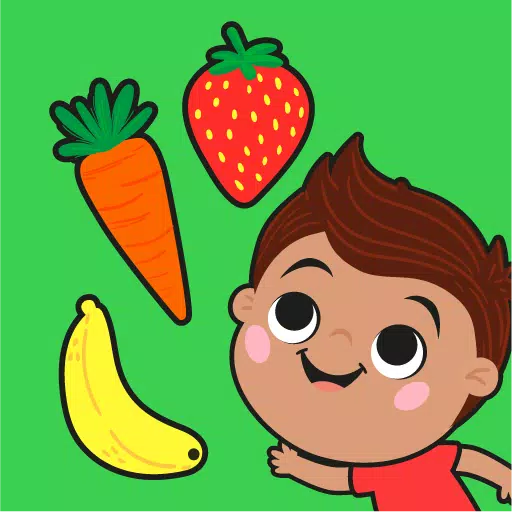

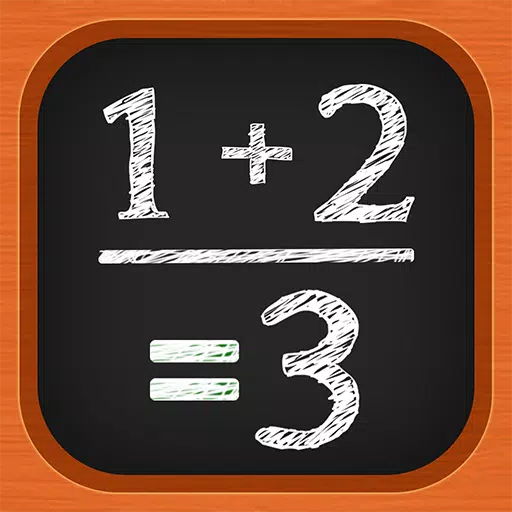

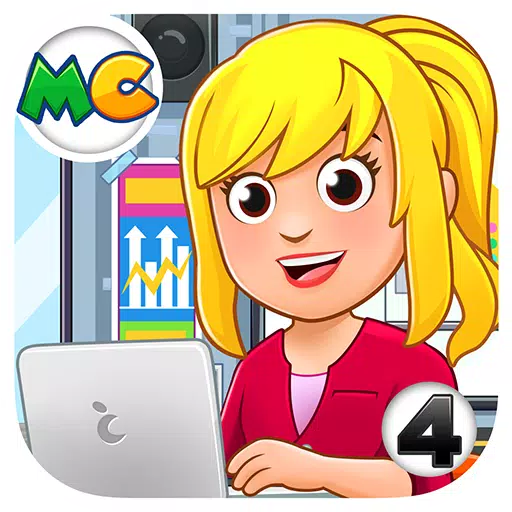
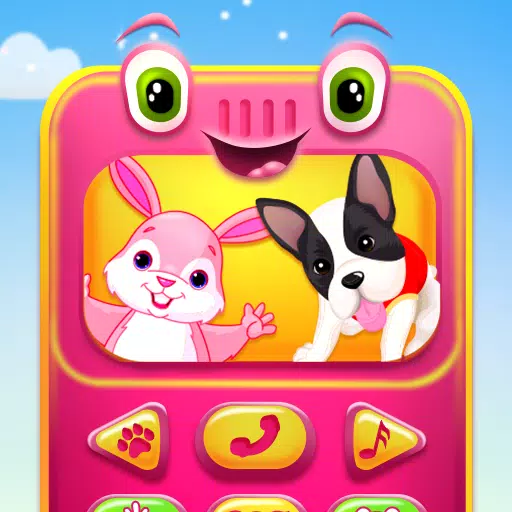
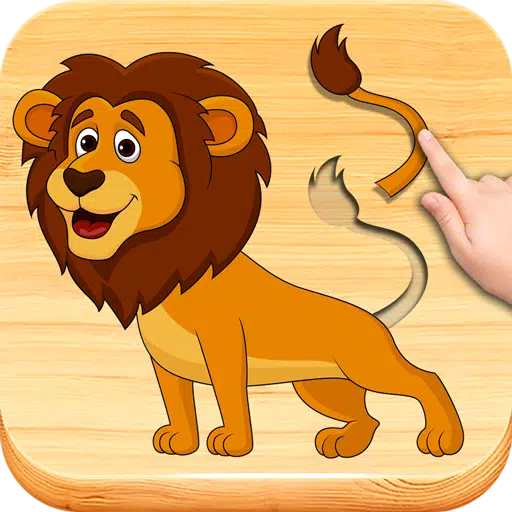
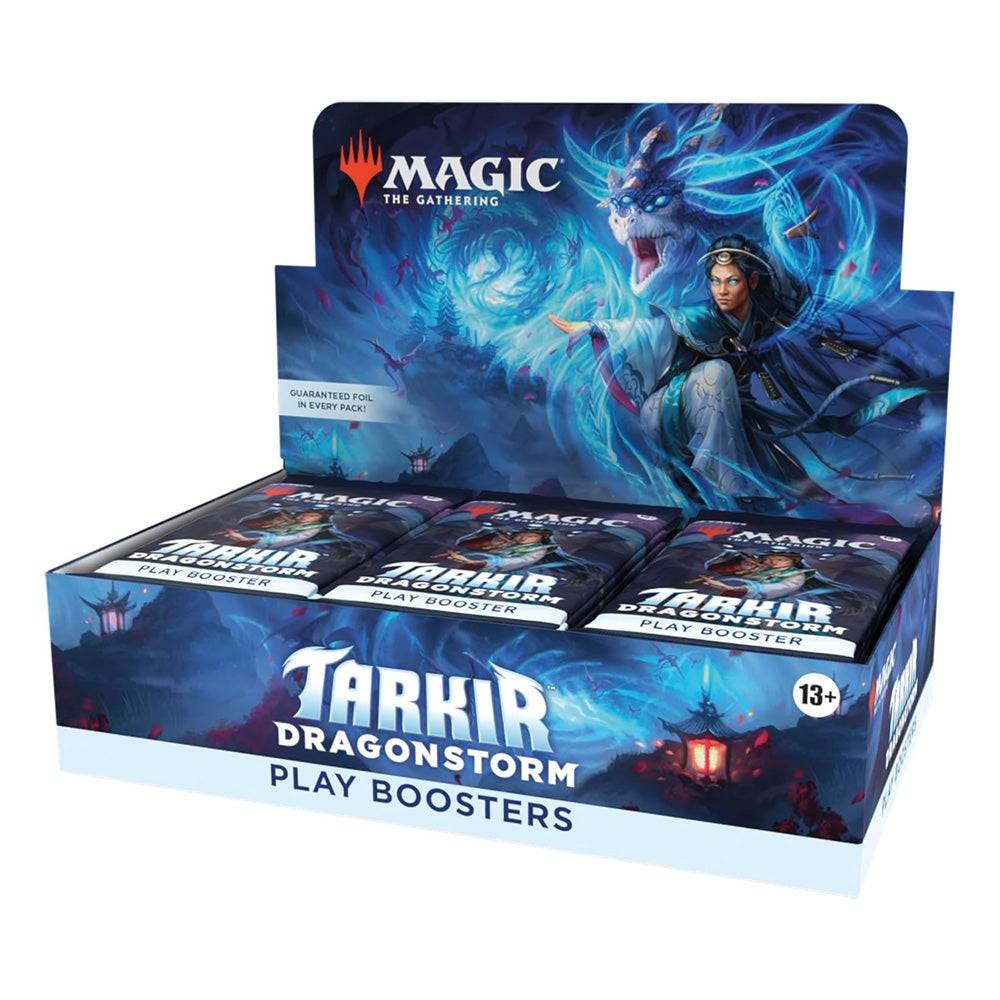





![Business of Loving [v0.12.5i] [Dead End Draws]](https://imgs.96xs.com/uploads/18/1719555107667e5423ef803.jpg)








